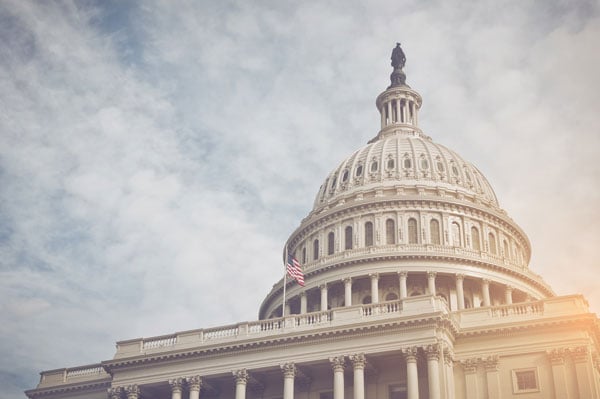Great things happen when an industry comes together as one.
Case in point: After Morgan O’Brien unveiled his idea for a nationwide interoperable broadband communications network for first responders in 2006, special interest groups soon developed within public safety concerning how the network should come about. There was so much disagreement and infighting that some feared Congress would get tired of it all, dismiss the idea, and reallocate the radio frequency spectrum needed to make the network a reality, resulting in a critical opportunity being lost forever.
Fortunately, public safety came to its senses and began to speak with a unified voice, largely due to the efforts of a group that called itself the Public Safety Alliance, and the rest is history. Congress enacted the Middle Class Tax Relief and Jobs Creation Act of 2012, which created the First Responder Network Authority (FirstNet), and authorized $7 billion in funding for the buildout of the Nationwide Public Safety Broadband Network (NPSBN).
Another example of collaboration – the Telecommunicator-Training Guidelines
Another impressive example of industrywide collaboration culminated last summer when the Recommended Minimum Training Guidelines for Telecommunicators were released.
You can read more about them here.
Representatives from a diverse set of organizations—trade associations, public safety agencies, and 9-1-1 training vendors—looked past their own agendas and interests, and worked for more than three years to deliver the guidelines. Consensus-driven, these guidelines are intended to foster a baseline level of competency that will result in a more-consistent level of service being delivered to citizens and first responders, no matter where they are.
Major progress has already been made
Already the guidelines are being put to good use.
- In the state of Idaho, a law was passed last week that mandates hiring standards and 40 hours of certification training, approved by the Idaho Peace Officer Standards & Training Academy, upon being hired as an emergency communications officer/emergency services telecommunicator. It also requires 40 hours of continuing education every two years after that to maintain the certification.
- In Minnesota, new training requirements adopted by the Metropolitan Emergency Services Board (MESB)—which covers the nine counties that surround the twin cities of Minneapolis and Saint Paul—took effect on January 1, 2017, are based on these guidelines.
- In Kansas, a revised set of standards were developed by the Kansas 9-1-1 Coordinating Council, spell out the topics that should be included in the first 40 and 80 hours of telecommunicator training, take effect next year.
Each of these efforts is approaching telecommunicator training and certification just a little differently—which was the intention behind the national-level guidelines from the beginning. While they are intended to ensure a baseline level of competency for all 9-1-1 centers nationwide, the group emphasized that 9-1-1 centers can build upon and enhance the guidelines based on local needs and circumstances. What each of the efforts described above have in common is that they used the national guidelines as a benchmark.





